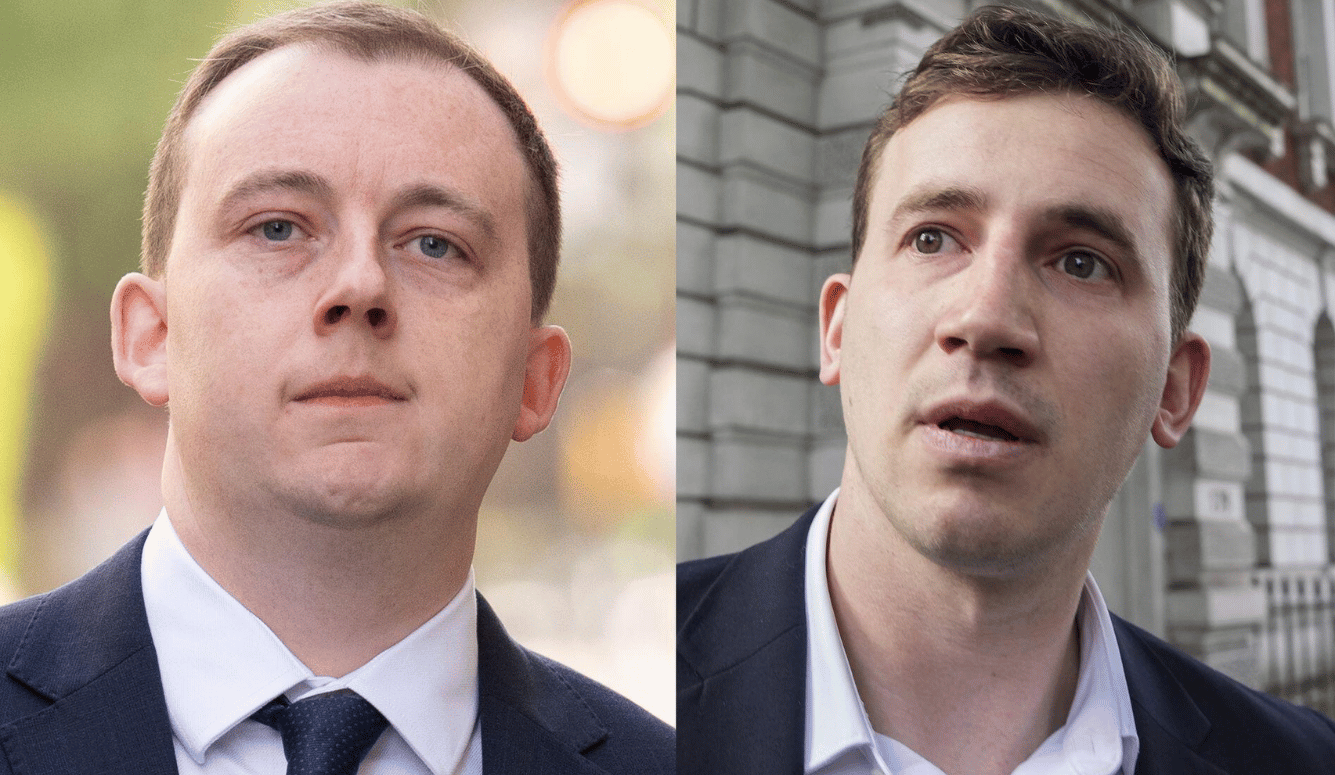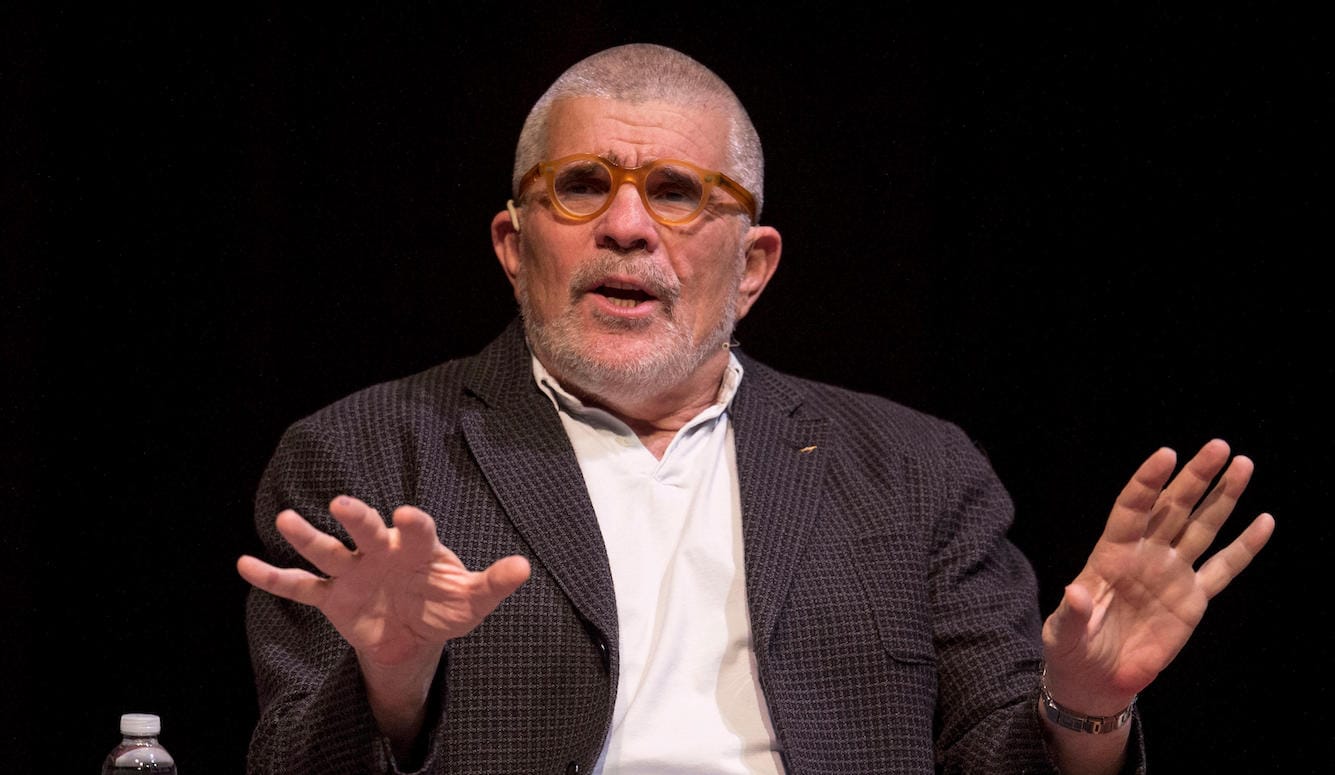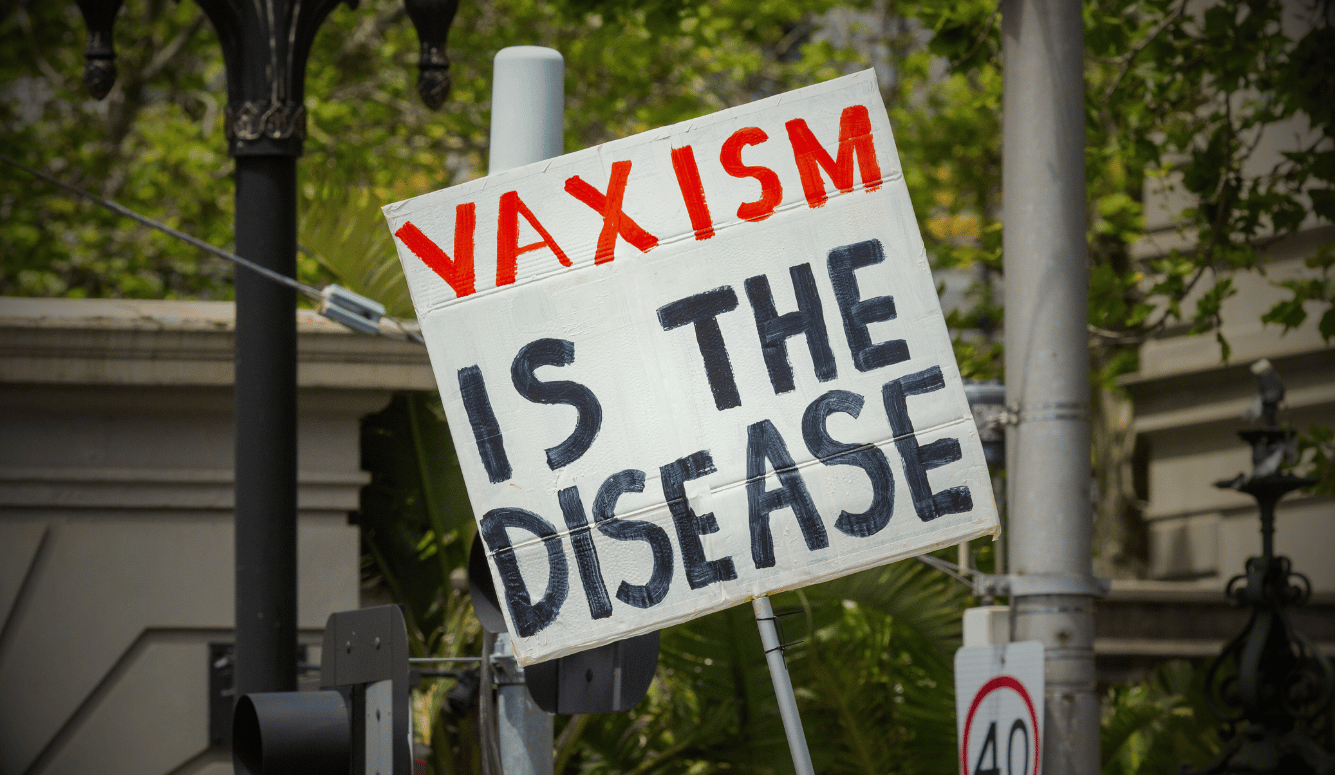Israel
The Ceasefire Deal
As Israel and Hamas begin to implement the ceasefire deal, both the immediate and the longer term future remain unclear.

On 16 January, with the help of American, Qatari, and Egyptian mediators, Israel and the Gaza-based Palestinian terrorist organisation Hamas signed a six-week ceasefire and hostage–prisoner exchange deal that just went into effect. Barring a last-minute snag—and many Israelis fear that Hamas may violate the deal’s provisions at some point over the coming days or weeks—Hamas will release the first batch of thirty-three hostages by the end of March, while Israel frees around 1,000 Palestinian fighters, currently incarcerated in the Jewish State’s prisons. The US government believes that, if all goes well, Israel and Hamas will then launch a second hostage–prisoner exchange involving the remaining 65 Israelis still in Palestinian hands and thousands of Palestinian prisoners in Israeli jails. Israel will then pull its forces out of the Gaza Strip and end the war triggered by Hamas’s assault on southern Israel on 7 October 2023. Until recently, Benjamin Netanyahu has vowed not to end the war until achieving the complete destruction of Hamas—but although the IDF have severely mauled that organisation, they have so far failed to destroy it.
As part of the first six-week stage of the deal, Israel is committed to withdrawing its troops from the towns of the Gaza Strip, as well as from both the Philadelphi Corridor along the Gaza–Egypt border and the Netzarim Corridor, which bisects the Strip. This would allow the million or so Gazans who were driven out of the northern part of the Strip during the first few months of the war and have since been languishing in tent-cities in the south, to return to their ruined homes and towns north of the Netzarim Corridor.
The timing of the current deal owes everything to Donald Trump’s victory in the November 2024 US elections. The deal’s outlines were mapped out in May–July 2024 by Biden Administration mediators, led by Secretary of State Antony Blinken. But Netanyahu was unwilling to sign, as the continuation of the hostilities has enabled him and his coalition government to cling to power, even though they are responsible for Israel’s multiple military and intelligence failures on 7 October. Hamas, led by hardline terrorist Yahya Sinwar, also appears to have been unwilling to reach a deal over the past twelve months. Sinwar’s death at the hands of an Israeli patrol last October, coupled with the IDF’s bludgeoning of Iranian-backed Hezbollah, the Lebanese fundamentalist organisation that supported Hamas by rocketing northern Israel daily, together with the fall of the Iranian-backed Bashar al-Assad regime in Damascus, paved the way for Hamas to moderate their rejectionist position.





